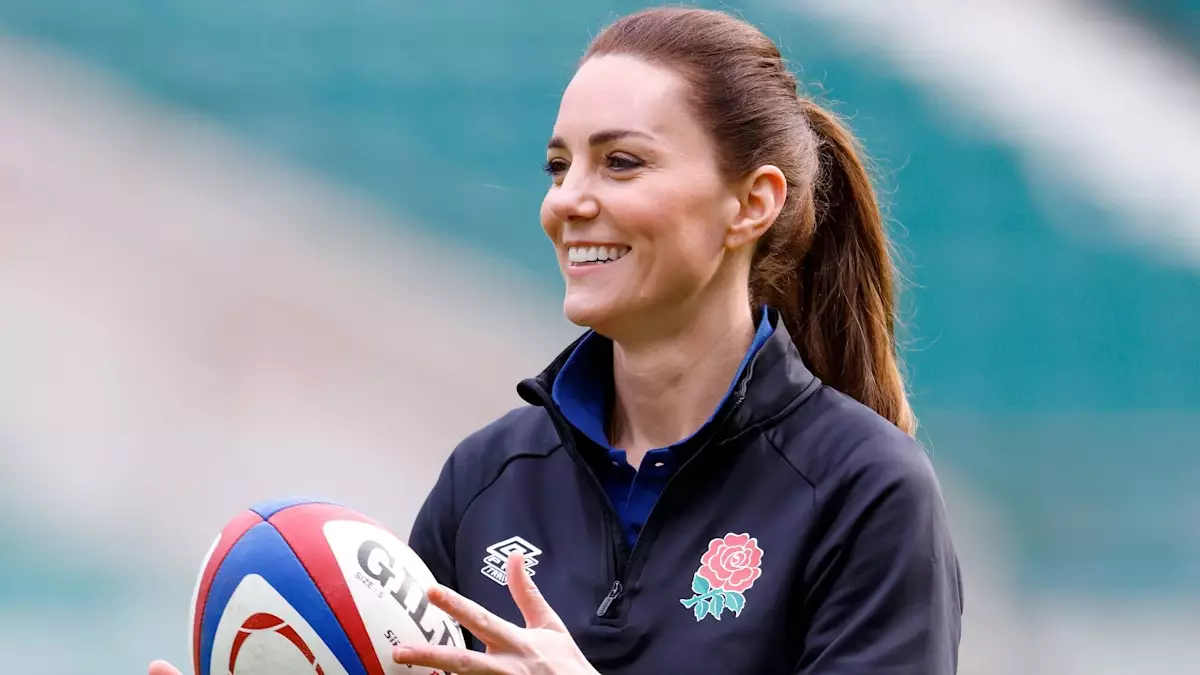When we think about core strength, the first image that often comes to mind is a toned six-pack. However, this narrow focus overlooks the profound importance of a functional, resilient core that supports the entire body. Many women, especially those over 40 and postpartum, are misled into believing that endless crunches or superficial abdominal exercises will magically sculpt their midsection. In reality, true core strength encompasses a complex interplay of muscles—including the transverse abdominals, obliques, lower back, pelvis, hips, and shoulder girdle—that work together to stabilize and power movement.
The notable example of Princess Kate—participating in an impromptu, yet highly revealing, athletic display in 2016—illustrates that core stability extends far beyond superficial aesthetics. Her ability to maintain a challenging position during that tennis-related activity demonstrated her functional strength and mobility. It wasn’t just about looking good; it was about performing effectively and maintaining control of her body under tension.
This clarity is crucial for women seeking sustainable fitness. A narrow obsession with surface-level exercises neglects the deep, often underappreciated muscles that prevent injury, reduce lower back pain, and improve posture. As Nancy Best, a seasoned personal trainer, emphasizes, compound movements and integrated training methods are superior because they recruit multiple muscle groups simultaneously—mirroring real-life movements and resulting in more tangible strength gains.
Beyond Aesthetics: The Role of Functional Movement and Dynamic Stability
Understanding that core strength isn’t merely about visual appeal shifts the narrative towards functional movement and durability. The ability to hold challenging positions like the V-sit, which Kate exemplified, is rooted in comprehensive mobility, strength, and control. Engaging muscles across the hips, hamstrings, shoulders, and torso allows for sustained stability and resilience during daily activities.
Nancy advocates for building this foundation through resistance-based exercises like goblet squats, combined with isometric holds such as planks. These exercises train the muscles to work synergistically, emphasizing control rather than just raw power. Once the foundational strength is established, women can graduate to more complex rotational and anti-rotational movements—like Russian twists or bird dogs—that simulate living movements, such as reaching or twisting. This approach not only sculpts a strong core but also hones the body’s ability to respond to unexpected stresses or movements with calm, controlled precision.
Crucially, mobility plays an integral role. Enhancing range of motion in key areas—hip flexors, hamstrings, shoulders—ensures the body can adopt necessary positions comfortably. Without mobility, even the strongest core can become compromised by stiff joints or tight muscles, limiting performance and increasing injury risk.
The Imperative for a Holistic Approach in Women’s Fitness Post-40
For women in their forties, the journey toward optimal core health involves challenging misconceptions and embracing a broader, more comprehensive approach. Age, hormonal changes, and postpartum realities require targeted strategies that prioritize longevity and functionality over fleeting aesthetic results.
Too often, women are advised to focus solely on abdominal exercises like crunches or sit-ups, which, at best, provide minimal improvements in real-world strength. This misguided focus neglects the importance of stabilizing muscles and the dynamic movement patterns necessary for daily life—and for maintaining independence with age. Building a resilient core through compound movements, mobility drills, and functional exercises prepares women for a range of physical demands, from lifting groceries to preventing falls.
Additionally, strengthening the core aids in alleviating chronic lower back pain, a common complaint as women age. A well-developed core acts as a natural support system, reducing undue stress on the lumbar spine and promoting postural alignment. When women understand that core health is an ongoing, layered process, they become empowered to integrate movements into their routines that are sustainable, effective, and deeply rewarding for overall well-being.
In the end, the pursuit of core strength is less about chasing superficial ideals and more about cultivating a resilient, capable body. Women over 40 are not relegated to the sidelines; they are contenders. With deliberate training focused on functional strength, mobility, and stability, they can redefine what it means to be fit—transforming their bodies into powerful vessels capable of meeting life’s challenges with confidence and grace.


Leave a Reply